Before we begin, let me take a moment to thank and welcome the new subscribers of our newsletter in the last 10 days.
We’ve reached a new record, with a growth peak of over 10 percent. So, I’d like to say, thank you and welcome to the family!
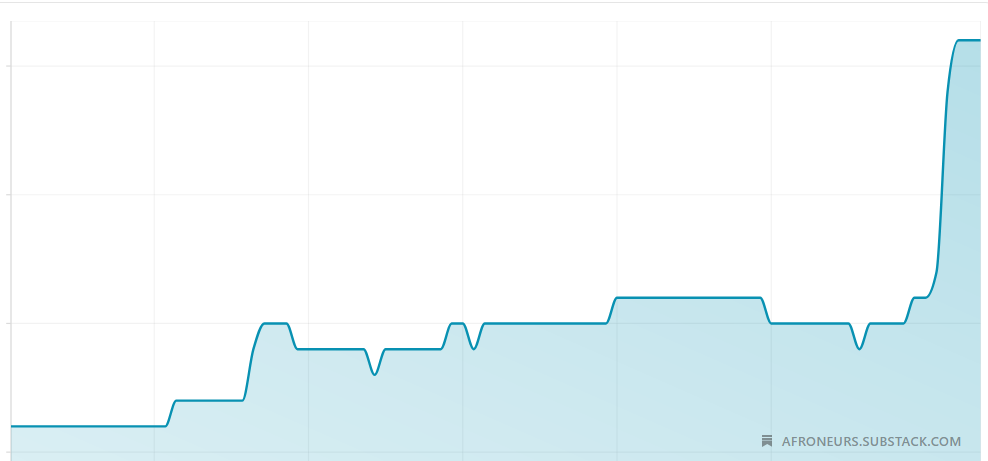
For the new and old members of our community, if you enjoy the newsletter, or even if you don’t, feel free to like, comment, or share.
That is the best feedback you can give me and motivate me with.
Currently, I’m going through a phase where I’m deep diving into customer acquisition processes, the ecosystem, how it works, and how I can benefit from that knowledge.
Therefore, you can benefit as well.
This is an overview. In future newsletters, I’ll focus on each part of the ecosystem along the case studies I write.
Let’s start with some powerful data points showing how customer-oriented businesses outperform the rest:
Customer-centric Businesses
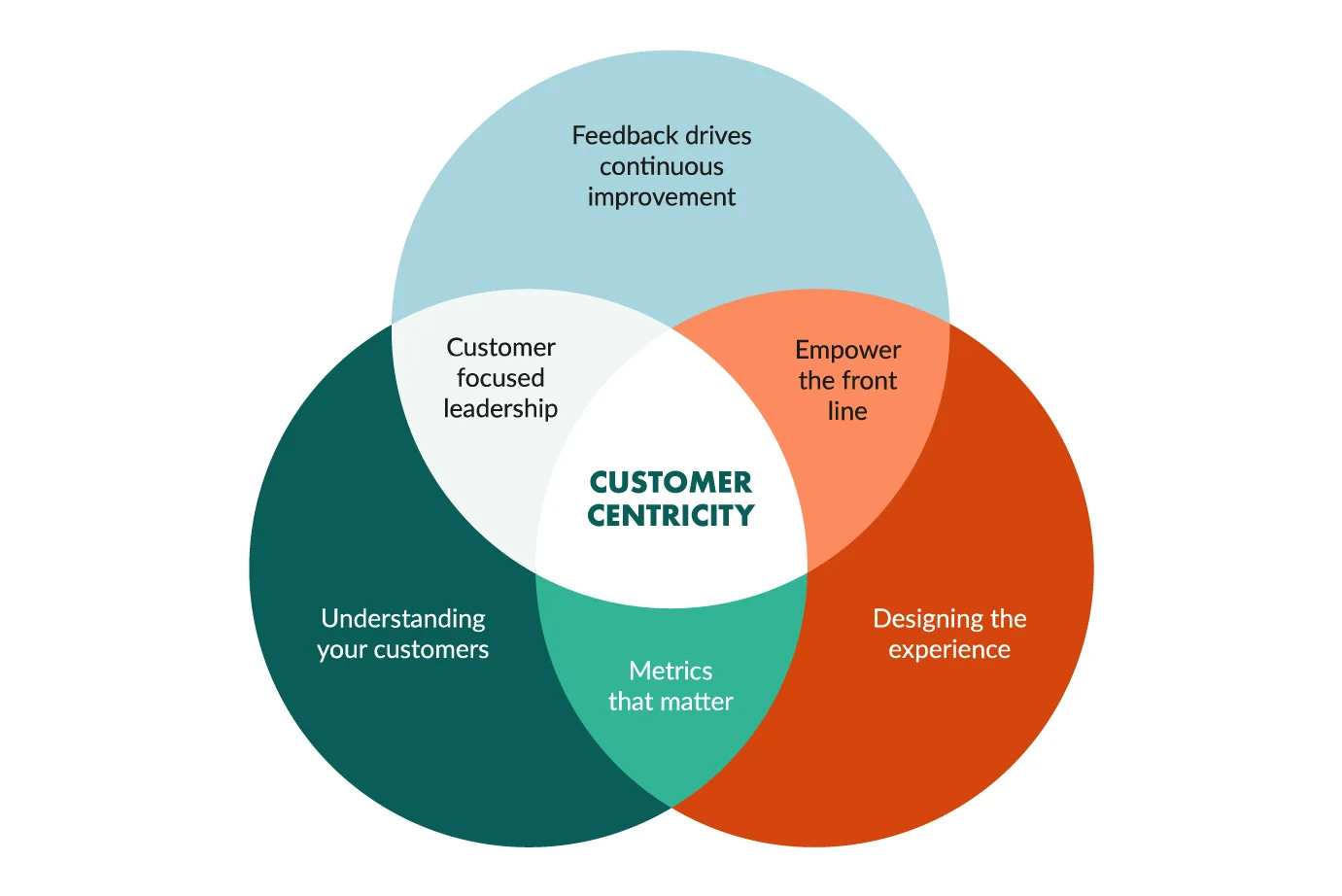
Customer-centric companies are 60% more profitable than those that aren’t
Organizations with a customer-first culture outperform competitors 62–64% of the time
McKinsey found that putting CX (Customer experience) at the core leads to 2× faster revenue growth than peers
A 5% boost in retention can increase profits by 25–95%
5 ways to build the ecosystem
I regrouped 5 steps to build an ecosystem.
Building an ecosystem creates interdependence, making it harder for customers to switch, hence boosting retention.
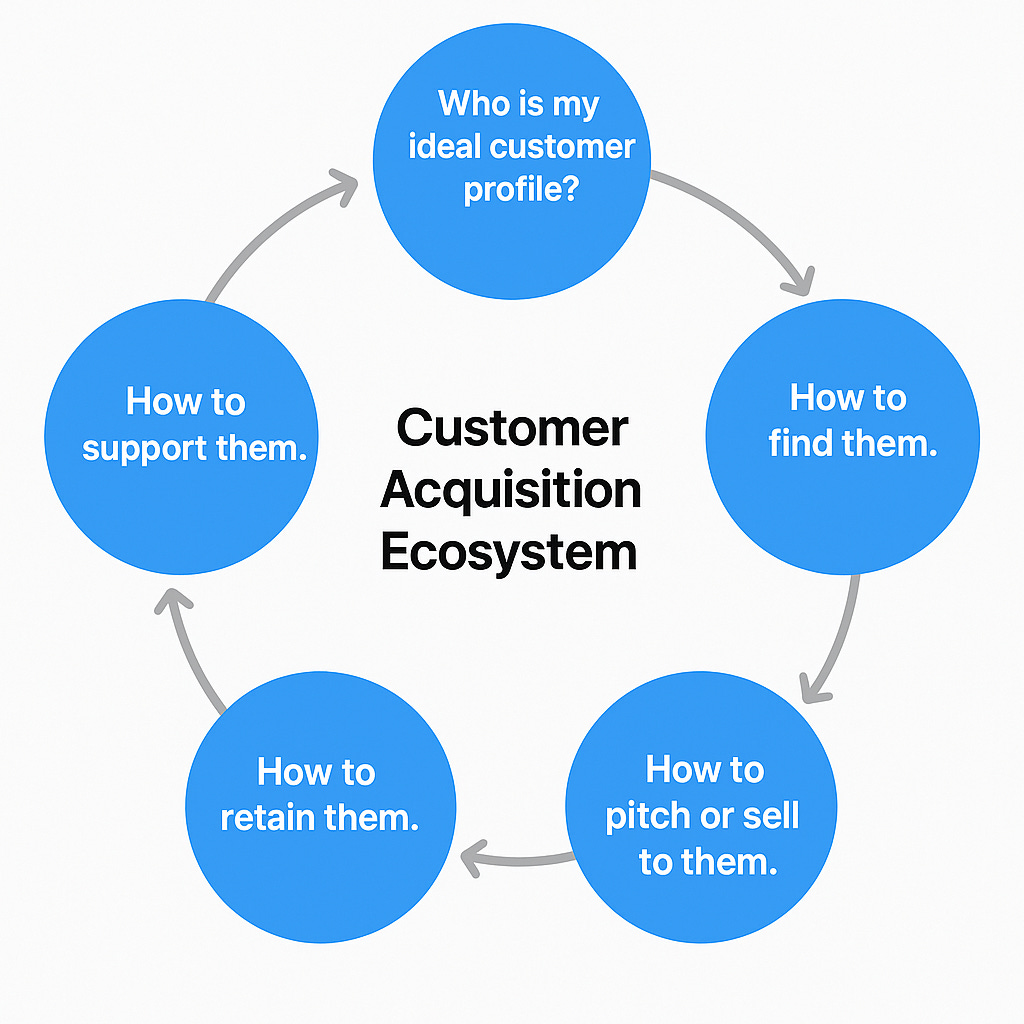
There are five components of customer acquisition:
- Who is my ideal customer profile
- How to find and reach them
- How to pitch or sell to them
- How to support them
- How to retain them
Every single aspect of this ecosystem will be shared step by step in different newsletters alongside the case study articles.
The goal is to master these 5 components and build a better customer experience.
Who is your ideal customer profile
I used to wonder why we need to know a customer’s age, gender, or profession. Why does it even matter? Why not just aim at everybody and let some of them buy?
Until I realized knowing your customers serves nothing else than setting how to communicate with them.

10 key points that are crucial for you to understand about your customers.
Knowing all this takes time. That’s why they always say, “Talk to your customers.”
You can send surveys, polls, and cold emails, just to know as much as you can.
Let me break it down.
Take a truck driver and a doctor. They might make the same income at some point, but that doesn’t mean they think the same way.

A doctor has spent years studying, reading, and learning. A truck driver spent those same years driving better, safely, and being on time.
They don’t use the same communication filter. So you can’t expect one message to speak to both.
At the end of the day, the goal of ICP is nothing but to understand who your customers are, so you can communicate in the best way possible, to convert them to buy.
But how do you reach your customers?
Once you know who your customers are, where they are, and where they hang out, it’s time to reach out to them.

There are many ways to do that, but here are the 5 most popular ones:
Free reach
- Creating content to attract them
- Cold calls, emails, DMs, and networking
- Word of mouth, your customers become your marketing
Paid reach
- Referrals and affiliate marketing
- Paid advertisement
At the beginning, you have to use the free ways to reach your customers. But as you start making money, paid reach becomes the next step.
How to pitch or sell to them
This is a skill you’ll learn while doing it. There will be times when your content falls flat and no one sees it.
There will be times you get rejected in every cold reach attempt.
But the ones who learn fast to pitch using what they know about their customers, their ICP, they figure it out.
The ones who understand that they’re not selling a product or service, but solving a customer’s problem, pain, or goal, they succeed.
How to Support Your Customers
Most businesses help during the buying process and then disappear. But support should start before the sale, continue during, and stay strong after.
- Pre-purchase: answer questions early, share simple tutorials, build trust before they ask
- During purchase: remove friction, guide them through payment, use short how-to content
- Post-purchase: send a quick-start guide, check in after delivery, and solve issues fast
Support means helping them win before, during, and after they buy. That’s how you build an experience they remember and come back for.
How to Retain Your Customers
When someone buys, they’re not just paying for the product. They’re paying for the outcome. If you deliver, they come back. If you go silent, they forget you.
- Send useful tips through the newsletter that help them get results
- Check in on SMS or WhatsApp to see how things are going
Tasty used to post one or two-minute recipe videos. Everyone else was doing long 10-minute stuff, but Tasty made cooking food simple.
They had incredible growth on Facebook.
But Facebook shrank their views.

They did something smart, taking their fans to a channel group where they have the liberty to show their short videos
They created a WhatsApp channel with over 1.5 million followers. They’re still postingin the group with over 900 likes, they’ve kept their people. The ones who matter.
That’s what happens when customers feel taken care of.
They don’t just stay.
They invest their time and their pockes and follow you everywhere.
So focus on those 5 ways to build an ecosystem that your customers become depended on and harder to switch.
You need to deliver in quality and care to keep them loyal to you.

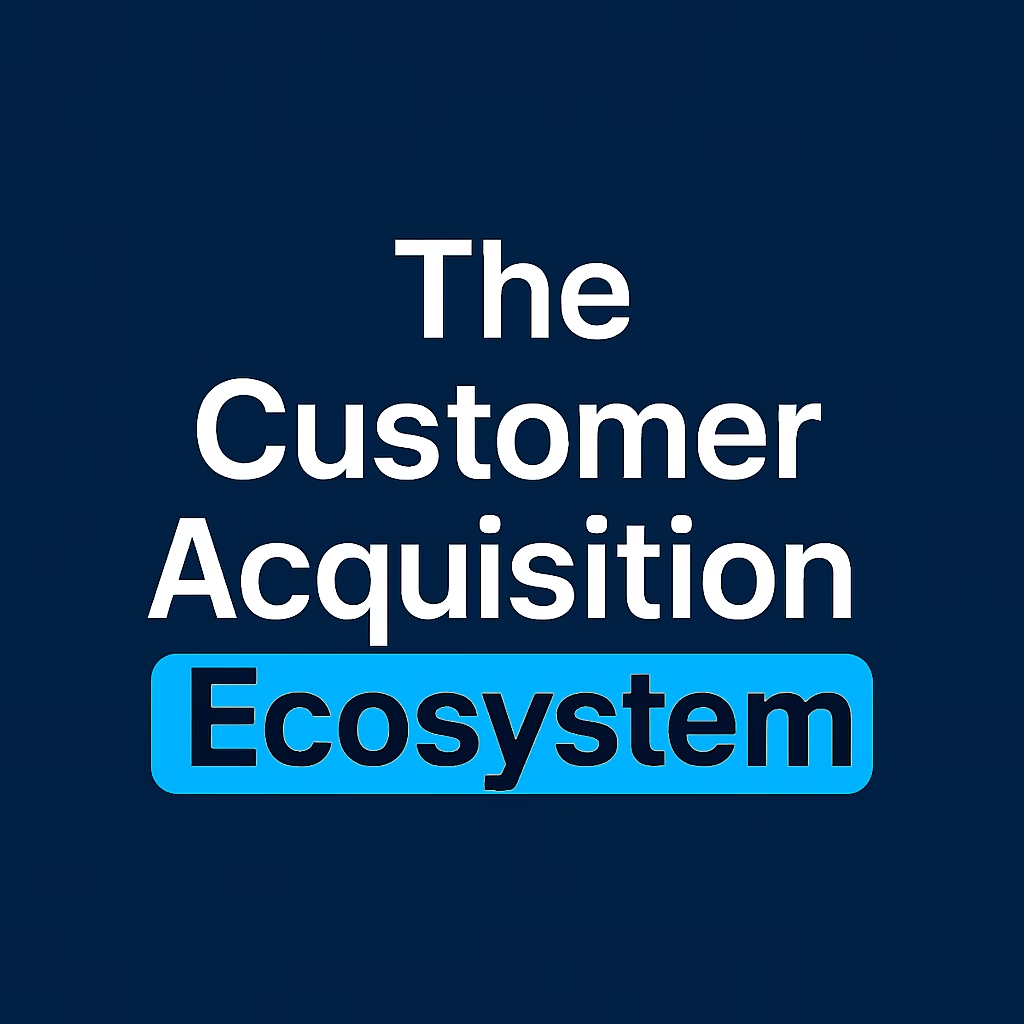
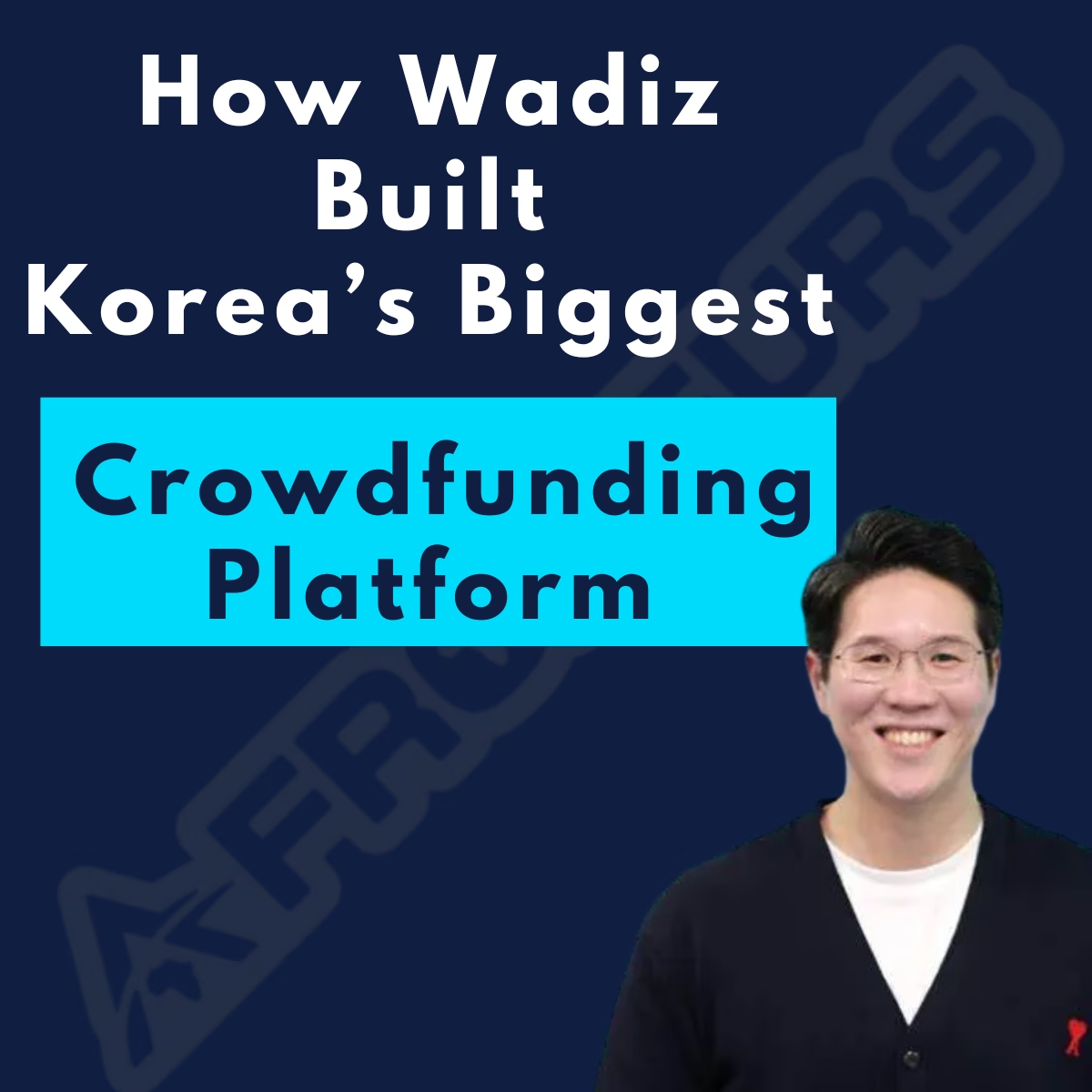
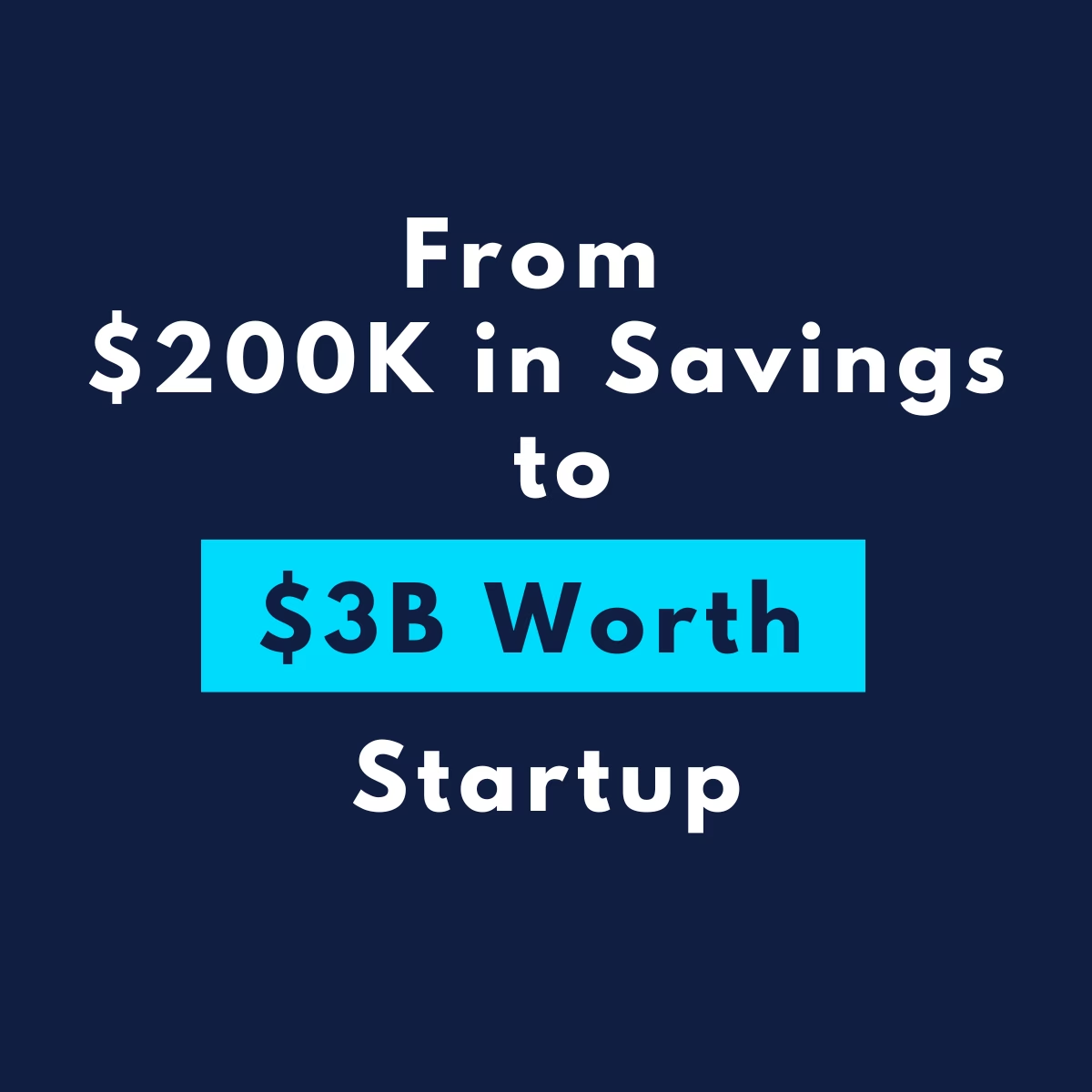
Leave a Reply